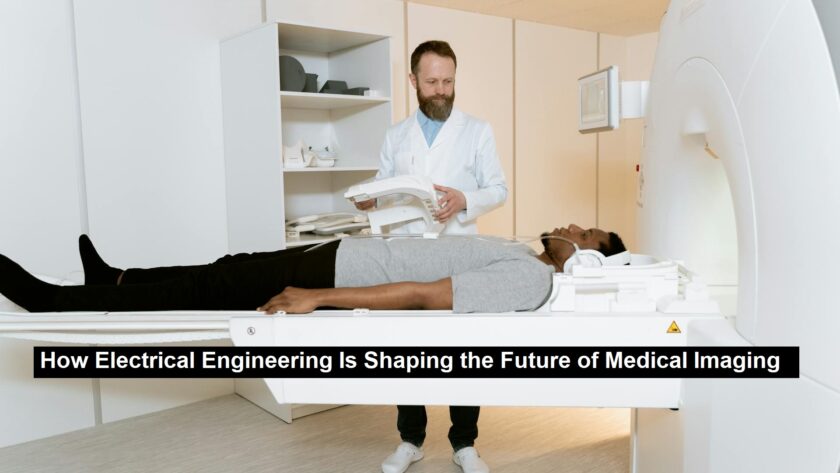Electrical engineering has played a pivotal role in advancing medical imaging technologies, which are essential for diagnosing and tracking medical conditions. From X-rays to AI-enhanced diagnostics, engineers have consistently improved the tools doctors use to examine the human body, making these technologies safer and more efficient.
The evolution of medical imaging began with the discovery of X-rays in 1895. This breakthrough allowed physicians to view internal structures without invasive procedures. Since then, electrical engineers have worked to enhance X-ray technology, shifting from analog film to digital systems that offer greater clarity and speed in medical diagnostics.
In the 1970s, two major innovations, magnetic resonance imaging (MRI) and computed tomography (CT) scans, transformed the medical field. MRI, which uses magnetic fields and radio waves, and CT, which generates cross-sectional images using X-rays, have both benefited from continuous engineering advancements. Electrical engineers have enhanced these technologies by improving resolution, reducing scan times, and optimizing patient comfort during procedures.
The 1990s brought a revolution with the shift to digital imaging. Innovations in digital sensors not only improved image quality but also streamlined the storage and sharing of diagnostic images, making medical workflows more efficient. Engineers have also made significant strides in ultrasound technology, creating portable, high-performance devices used in settings ranging from emergency rooms to prenatal care. Nuclear medicine has also seen advancements with improved detectors that offer precise images of biological processes, giving doctors valuable insights into complex diseases.
Read: Some Essential Benefits of Case Management Software
Today, the integration of artificial intelligence (AI) into medical imaging is one of the most transformative developments. AI can quickly analyze medical images, detect abnormalities, and support earlier diagnoses, all while reducing human error. Electrical engineers are also pioneering the miniaturization of imaging devices, making portable and wearable imaging technologies available to a wider range of patients, especially in remote or underserved regions.
The Role of Electrical Engineering in Medical Imaging was contributed by Martell Services Group, a premier mechanical contractor
Despite these advancements, challenges such as reducing radiation exposure and ensuring affordability persist. Continued innovation and collaboration among engineers, healthcare professionals, and policymakers are essential to overcoming these hurdles and pushing the boundaries of medical imaging.




